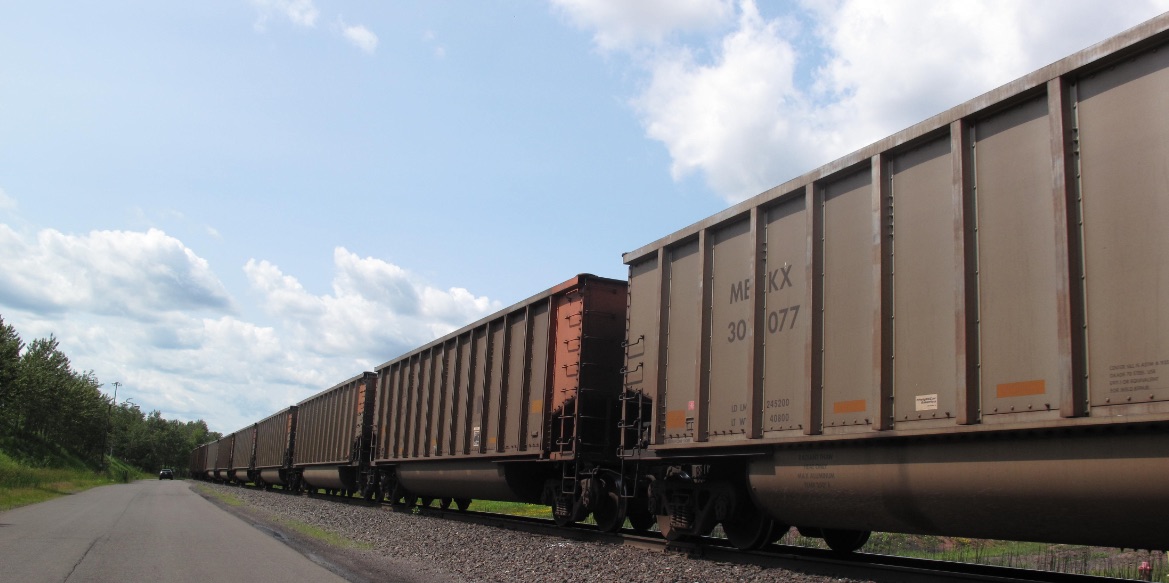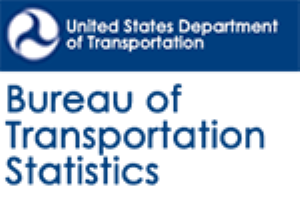The movement of hazardous goods on rail and highways multiplies the potential consequences of any crash. Critical rail and highway corridors transect rural areas and crashes can result in impacts to low income or minority communities, natural resources, and the many smaller towns. Additionally in rural areas, emergency resources are less likely to be available, or […]
Category: Freight Notes
With continued truck parking shortages and increasing safety concerns for truck parking security, one company is looking at converting drive-in movie theaters to paid truck
Read below how electric trucks are part of the plan for clean air in California. https://www.fleetowner.com/emissions-efficiency/article/21263152/biden-epa-grants-californias-heavyduty-vehicle-waiver-to-mandate-electric-trucks
Volvo’s Autonomous Solutions (VAS) has opened in Texas and is accepting reservations for service.
Save the Date!! The MAFC 2023 Annual meeting will be held in conjunction with the OKI Conference on Freight! We hope to see you there! SAVE THE DATE! 2023 OKI Conference on Freight September 5-7, 2023 Hyatt Regency Cincinnati Sign up HERE to receive email updates on the 2023 OKI Conference on Freight.
The FAF version 5 (FAF5) public release notice was published on Friday, February 26, 2021. A full FAF data update occurs every five years in conjunction with the economic census. This release of FAF5 base year data is based on the recent 2017 commodity flow survey of shippers in the U.S. and provides information about […]
The Fall 2012 edition of Freight Notes is now available for download. This issue contains articles and information about: Foreign trade zones The future of maritime freight The newly appointed MnDOT Commissioner The newly appointed head of the FHWA Office of Freight Management and Operations Transportation for America’s new MAP-21 guide The demand for wood pellets […]
The Spring 2012 edition of the MAFC Freight Notes is now available. This issue is devoted to a review of the 2012 Mid-America Freight Coalition Annual Meeting, held in Minneapolis, Minnesota.
The Summer 2011 edition of Freight Notes is now available. This issue contains: Regulatory Uniformity in the North/ West Passage It’s time… Perry Joins CFIRE as MAFC Facilitator MAFC Outreach Materials Regional Freight Study: An Update Hart Joins CFIRE Staff Transportation Profiles for MAFC Commodities Performance Measures for Evaluating Multi-State Projects
The Spring 2011 edition of Freight Notes is now available. This issue contains: Ship Building on the Great Lakes Measuring Transportation Performance Regional Freight Study: Performance Measures Regional Freight Study: Key Industries Regional Freight Study: Communications Workshop: MAFC Outreach Materials Wisconsin’s Long-range Transportation Plan This edition of Freight Notes is also available as a print-friendly […]




